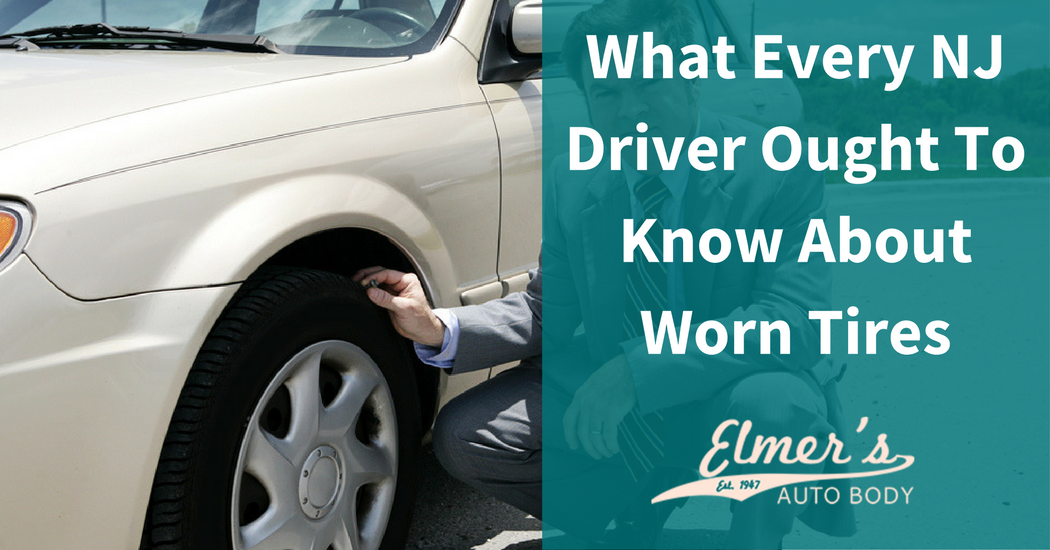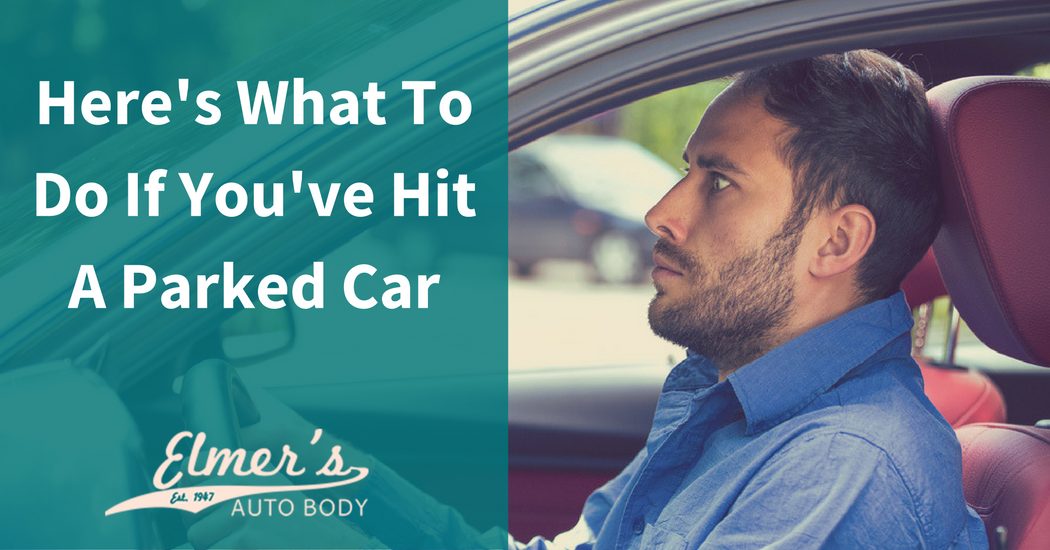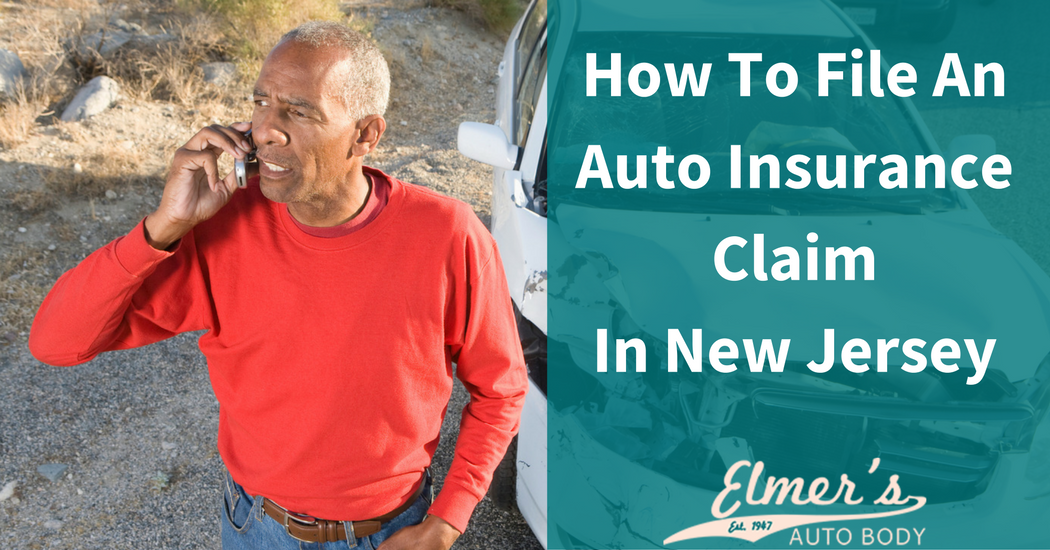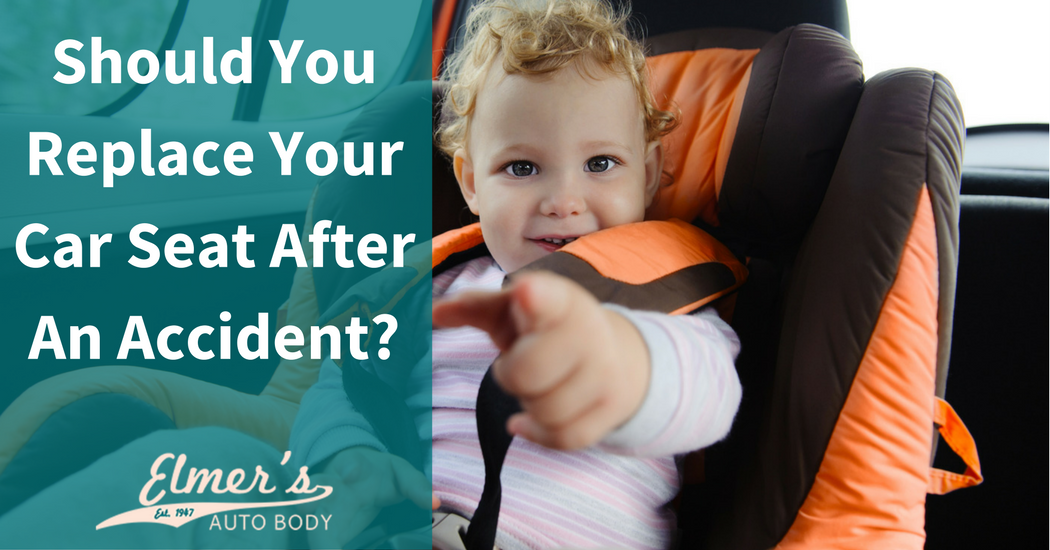When it comes to tires, most drivers understand that tires without tread are dangerous. They don’t grip the road as they are supposed to and, in wet conditions, can lead to skidding accidents. However, what many drivers do not know is the danger presented by unbalanced tires.
Importance of Balanced Tires
The weight of tires must be evenly distributed around the wheel in order for them to operate properly. This allows the tire to roll smoothly on the road surface. When tires are unbalanced, they bounce rather than roll which can make the ride less smooth. However, unbalanced tires do more than just create a rough ride in your vehicle.
Vibration
If you have noticed that your car seems to vibrate, it is possible your tires are not balanced. You may feel the vibration even on freshly paved or smooth roads and you may find that the car steers less easily. Passengers may complain that the car ride is uncomfortable and you may find it more difficult to control the car.
Tire Damage
Unbalanced tires can lead the tires to wear unevenly. In fact, the vibration you feel could be due to uneven tread wear. When your tread is uneven, it can be difficult to steer your car easily. Your tires will also not have the proper contact on the road which is dangerous. Uneven tread also makes your tires susceptible for blow-outs.
Other Damage
In addition to damaging your tires, if your car is unbalanced you put extra stress on your shocks, bearings as well as the wheel assembly. This means they could need to be replaced sooner or they could simply fail while you are driving your car. Because balanced tires spin without interference, there is less interference with other components in the wheel.
Fuel Economy
When your tires are unbalanced, you will notice a drop in fuel economy in your vehicle. This is because your vehicle uses more gas, especially at higher speeds, lowering your gas mileage. In addition to unbalanced tires, under-inflated tires can also lower your fuel efficiency. If you have checked your tire inflation but still notice lowered gas mileage, it is possible your tires are not balanced.
If you have noticed that your tires are wearing unevenly, that your gas mileage has dropped or that your car is riding rougher than normal, it is possible your wheels are unbalanced. Make an appointment today to have your tires balanced or fill out the easy form online to learn more.






